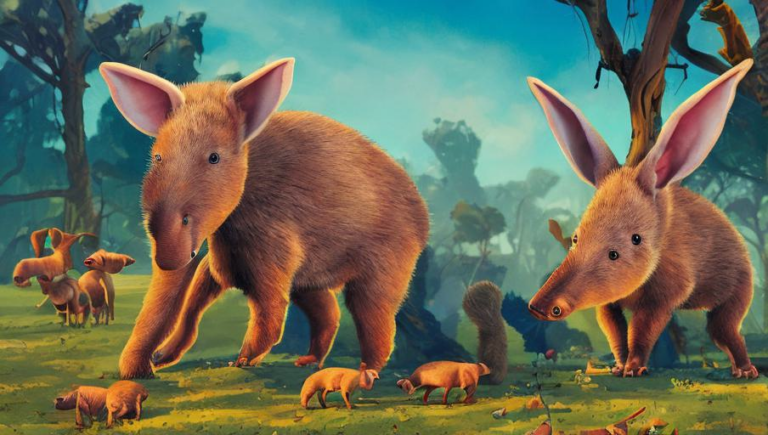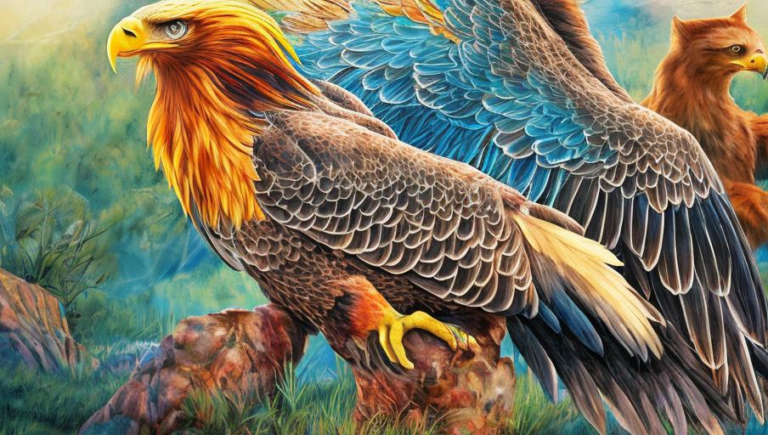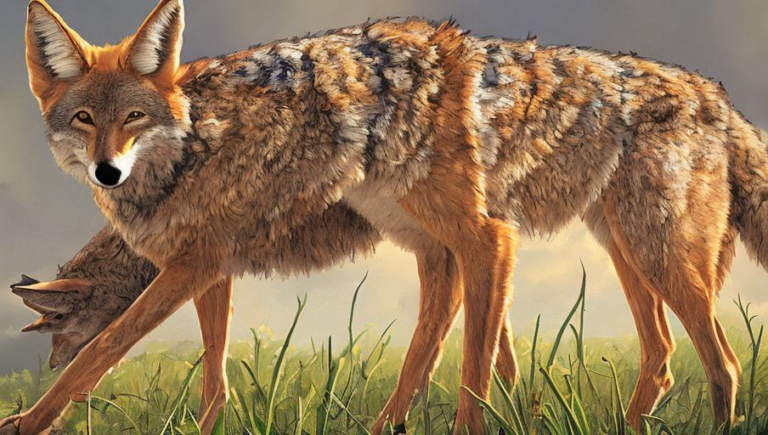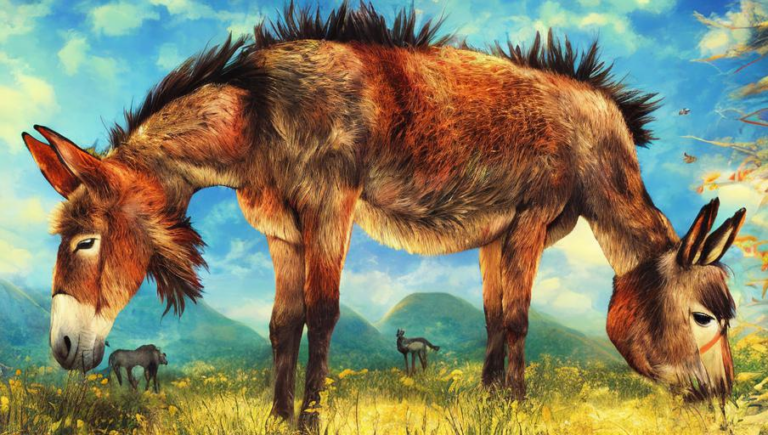Nocturnal Adaptations of the Coyote
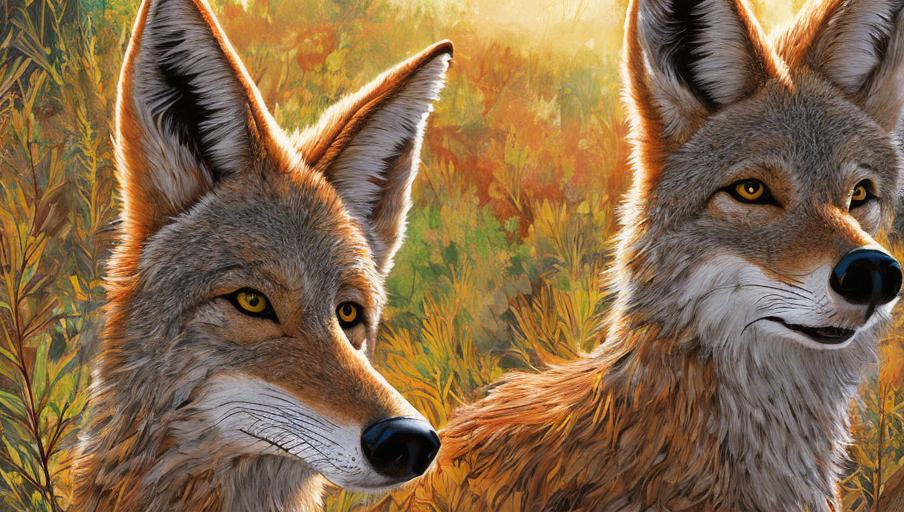
The Nocturnal Lifestyle of the Coyote
The coyote (Canis latrans) is a medium-sized member of the canine family. It is found throughout North and Central America, and is a common sight in rural and urban areas alike. Coyotes are most active during the night, when they hunt for prey such as small mammals and birds. They are also highly adaptable, which makes them well-suited to a wide range of habitats.
Adaptations for the Nocturnal Lifestyle
Coyotes have several adaptations that enable them to be successful hunters in the darkness. To begin with, their eyesight is adapted for low light conditions. They have a tapetum lucidum, which is a reflective layer of cells at the back of the eye that reflects light that passes through the retina, allowing more light to reach the rods and cones in the eye. This adaptation improves their vision in low light. Additionally, their pupils are large and can open very wide, allowing more light to enter the eye.
Coyotes also have excellent hearing, which helps them to locate their prey in the dark. They have a wide range of hearing, and can detect sounds as low as 20 Hertz and as high as 50,000 Hertz. This gives them an advantage when hunting at night, as they can hear the faintest noises that other predators may not be able to detect.
Coyotes also have a strong sense of smell. This helps them to detect potential prey, as well as to identify the territory of other coyotes. This helps them to avoid unwanted confrontations with other coyotes and to identify potential food sources.
Behavioral Adaptations for Nocturnal Hunting
In addition to their physical adaptations, coyotes also have behavioral adaptations that help them to survive as nocturnal hunters. To begin with, they have a wide range of vocalizations that they use to communicate with each other. This helps them to coordinate their hunting efforts and to keep track of each other while they are out hunting. Additionally, they use scent marking to mark their territory and to attract potential mates.
Coyotes also have the ability to be patient and wait for their prey. They are able to remain still and quiet for long periods of time, which gives them the advantage of being able to ambush their prey. They also have the ability to sense when their prey is nearby and will adjust their hunting style to take advantage of the situation.
Conclusion
The coyote is an impressive hunter, and its adaptations for nocturnal hunting have allowed it to be successful in a variety of habitats. Its physical adaptations, such as enhanced vision and hearing, as well as its behavioral adaptations, such as vocalizations and scent marking, have enabled the coyote to survive in the wild for many years. The coyote is a fascinating creature, and it is important to protect its habitat so that future generations can continue to enjoy this amazing animal.
